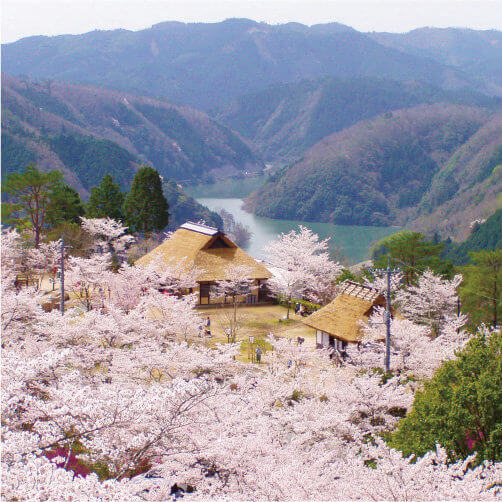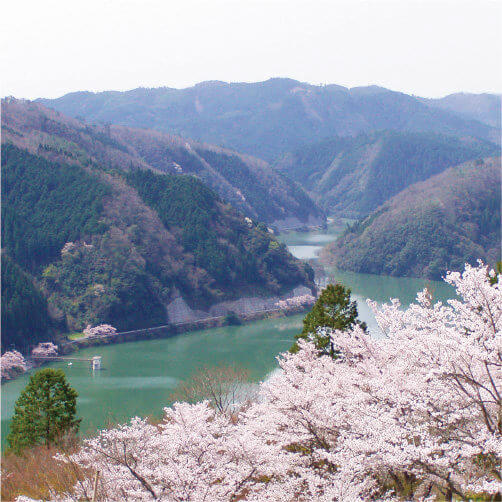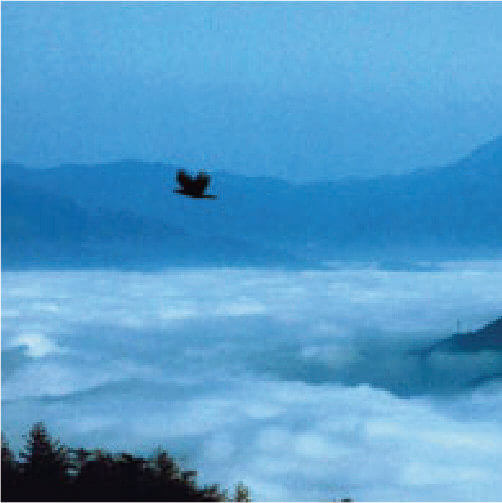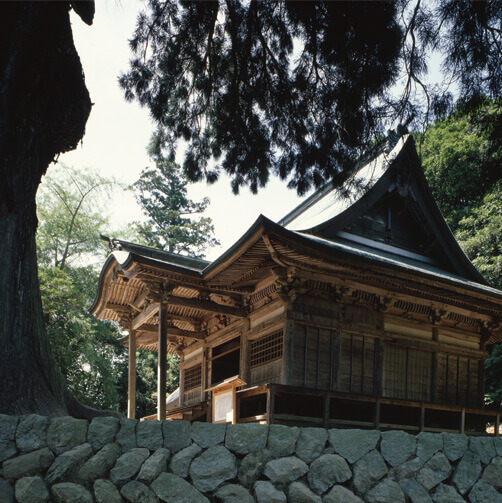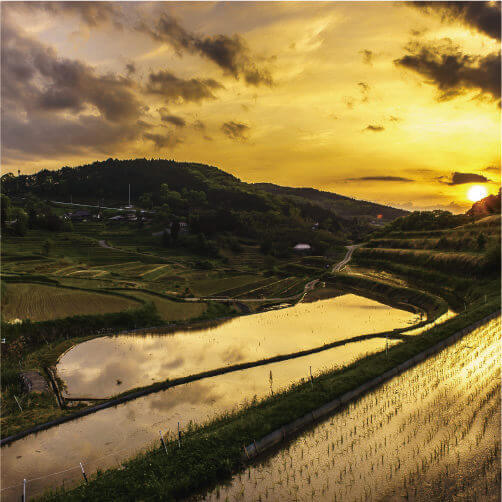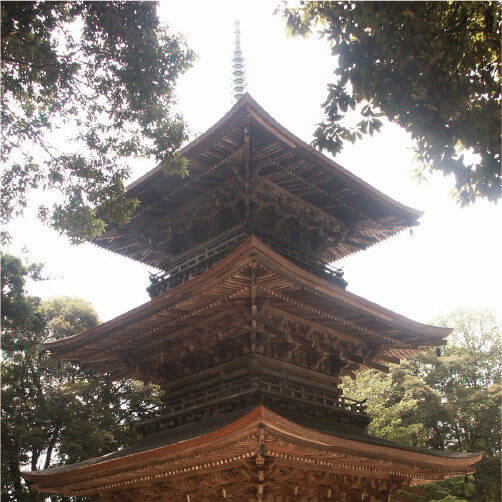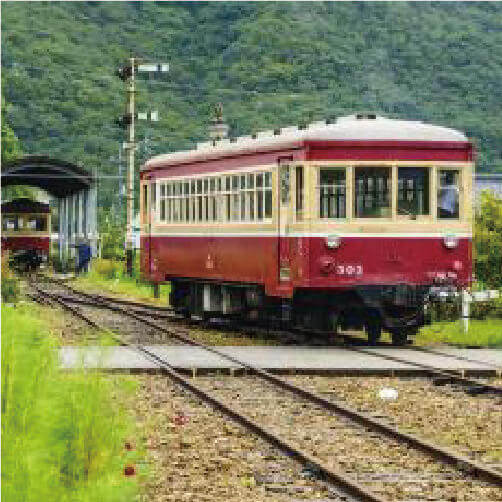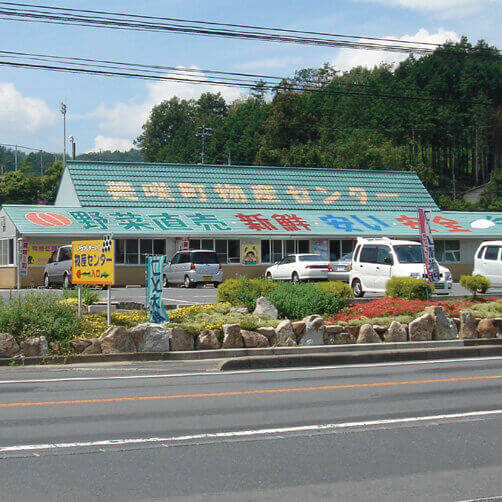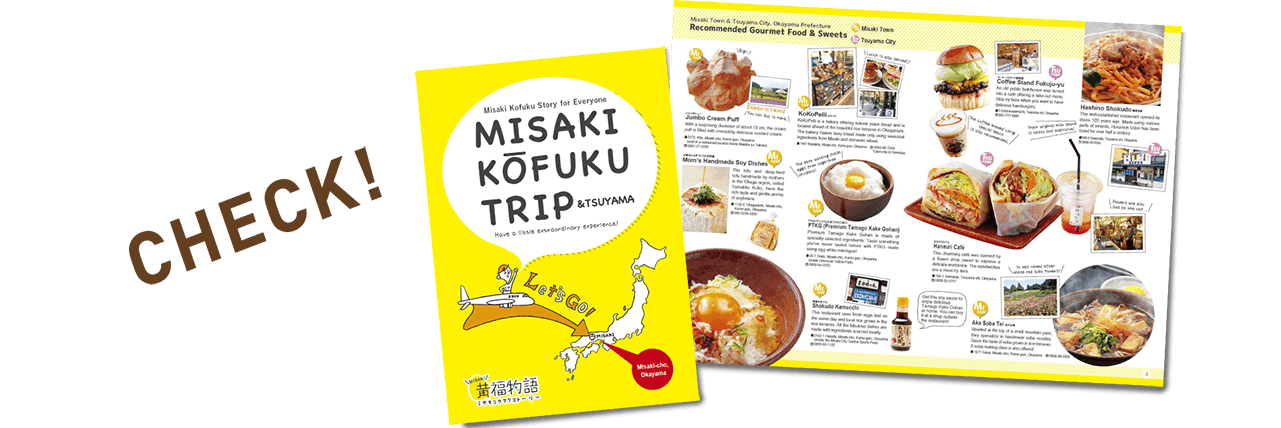
Is tamago kake gohan a
great Japanese discovery?
There are many tantalizing Japanese foods,
but there is a golden rice dish beloved as
a national comfort food among
the Japanese people.
That dish is tamago kake gohan (TKG),
made by cracking a raw egg (tamago)
over white rice and adding soy sauce.
There is a town with the name Misaki
(meaning beautiful blossoms)
in the middle of Okayama Prefecture
where people from all over Japan
and even abroad visit in search
of that special golden dish.
I wanted to see, understand, and eat TKG!
So, I decided to go to Misaki Town
in Okayama Prefecture to research it.
Why does such a simple combination
of white rice and raw egg attract so many fans?
Take a closer look at Misaki-style TKG and
the secrets of the town that nurtures this food culture!


-
Wow! 70,000 visitors per year!
What is this TKG that
Japanese people
want to eat
no matter how long they have to wait?
-
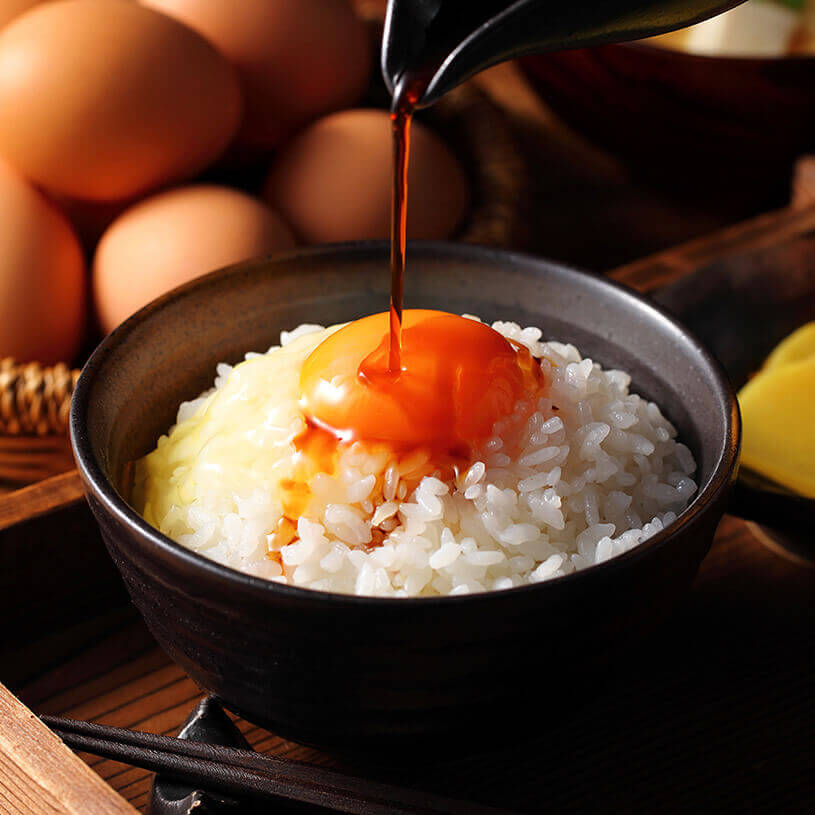
It will be interesting to make
my own "best of" list of TKG.
It will be interesting
to make my own
"best of" list of TKG.
Okayama Prefecture is known
as the Land of Sunshine.
Misaki Town is located
in the center of the prefecture.
Many people from all over Japan
and the world come to this town
with a population of about
14,000 to try TKG. About
70,000 people visit each year!
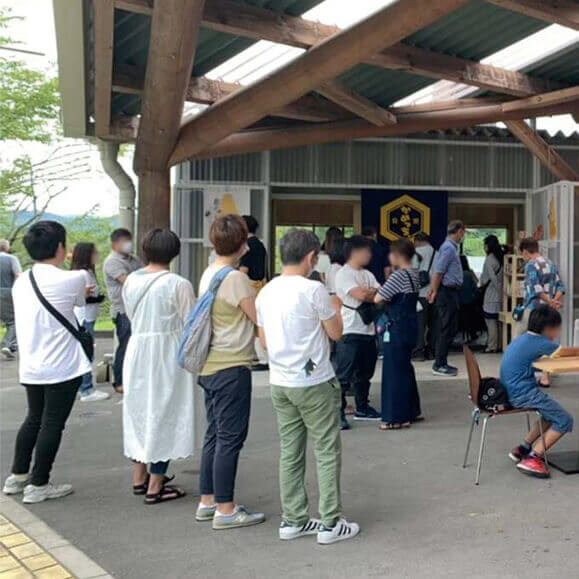
There are several restaurants that serve TKG in Misaki, and each
has its own way of serving the dish and its own original recipe.
Why is such a simple combination so profound?
It is because there are infinite flavor possibilities.

-
Why is Misaki Town called the
"Holy Land of TKG"?
Who was the great local man who spread
TKG throughout Japan?
-
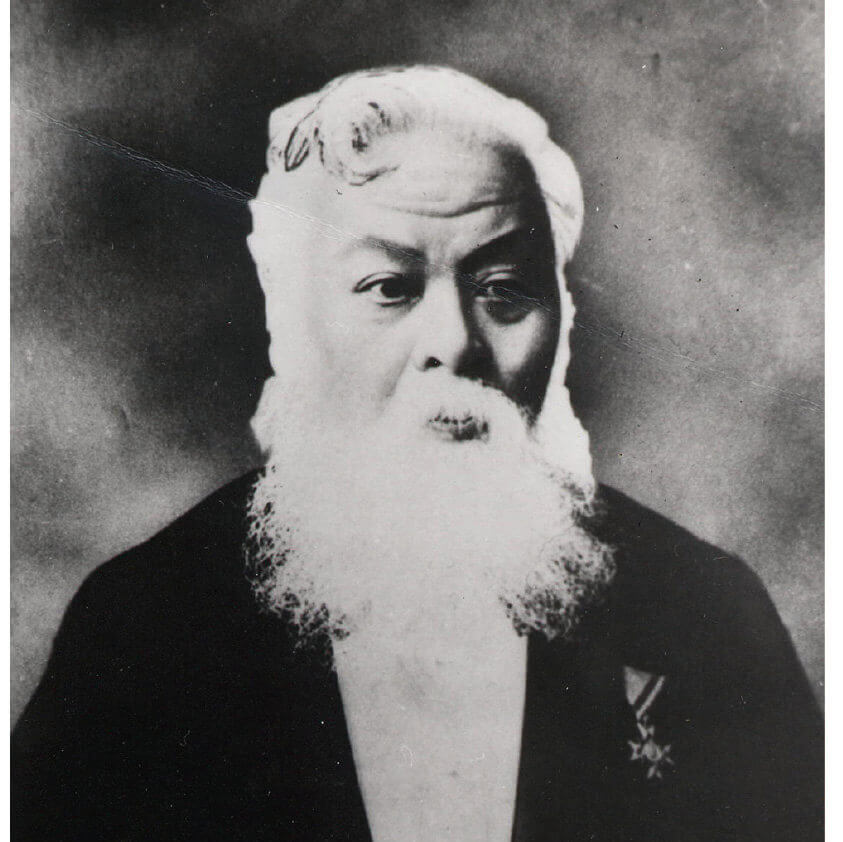
There is a theory that the roots of
TKG lie in the Keiran-ae that
Kishida ate in the early Meiji period.
There was a man who popularized TKG. That man
was Ginko Kishida (1833-1905), a journalist active
during the Meiji period. Kishida was born in Misaki
Town’s Tochibara area, which used to be known as
Nakahagatani Village in Kumehokujo County.
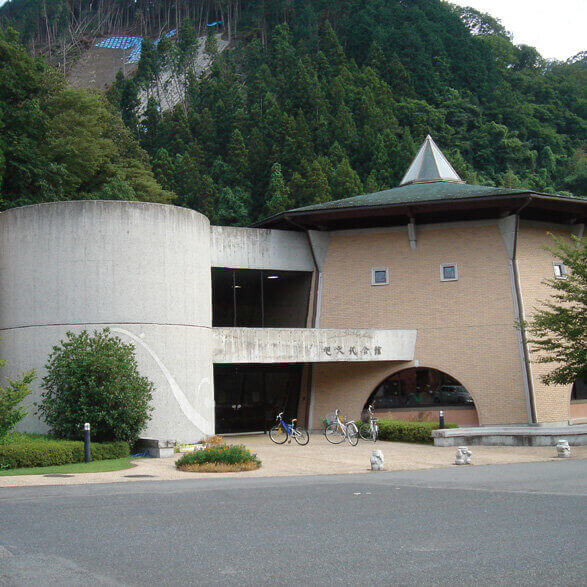
The August 1927 issue of “Edo Seikatsu Kenkyu
Suisei” states, “Ginko Kishida ate TKG in the early
Meiji period,” and that Keiran-ae was the “original” TKG.
There is a memorial hall dedicated to Kishida in Misaki town

-
What is this exquisite rice from terraced rice fields,
nurtured in a tranquil,
unspoiled Japanese landscape
at an altitude of 400 meters?
-
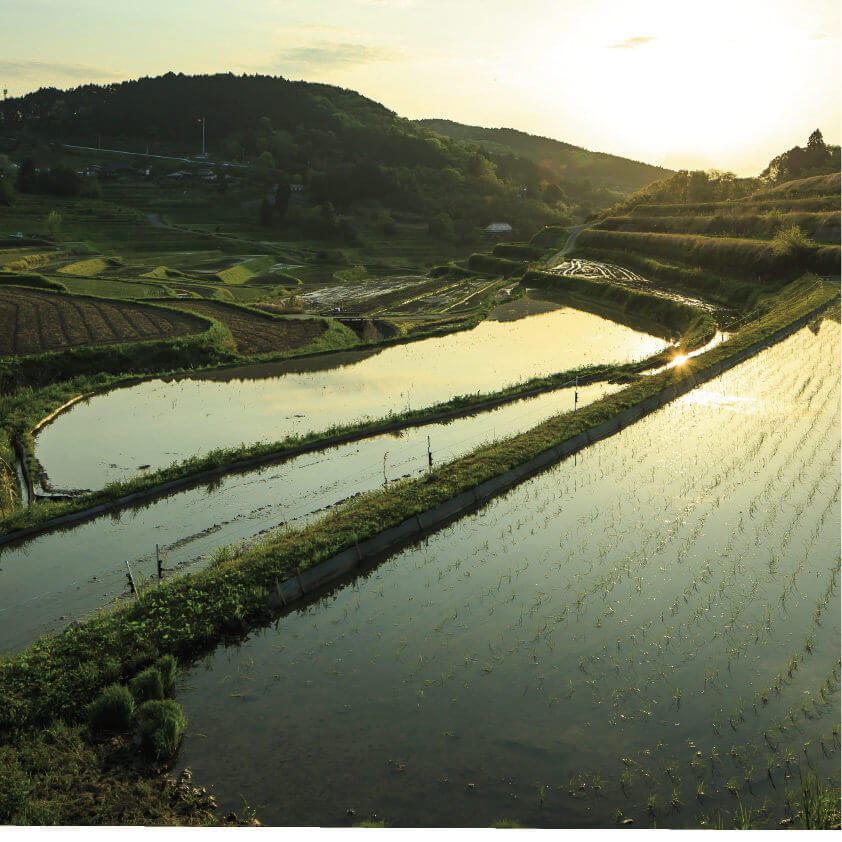
Misaki Town is home to the Ohaga-nishi and Oyama
terraced rice fields, which were selected for the “top 100
terraced rice fields in Japan” to be preserved for the future!
The terraced rice fields have such a high historical and
cultural value that they are called “Japan’s pyramids.”
In particular, the Ohaga-nishi area, which stretches 360
degrees across the entire valley in the shape of a mortar,
is a beautiful, unspoiled Japanese landscape with about
750 terraced rice paddies. The golden glow of the setting
sun reflected on the surface of the water is beautiful!
Spring water and sunlight unique
to the terraced rice fields
Each grain of rice is imbued
with the blessings of nature.
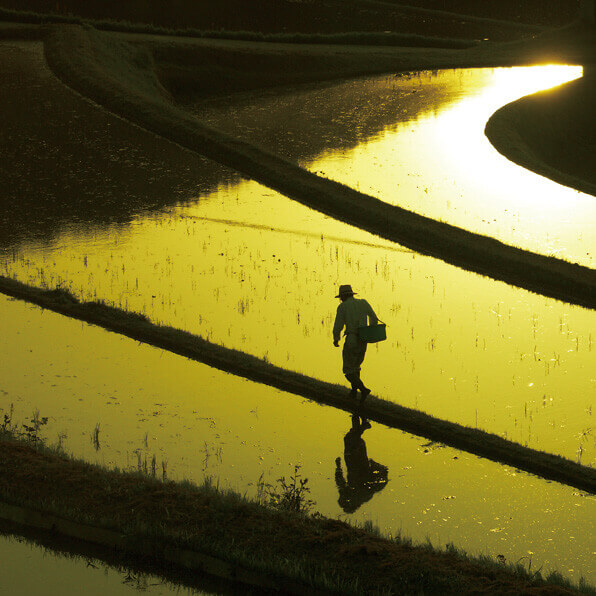
The rice cultivated in Ohaga-nishi’s terraced rice fields
is grown with the blessings of mountain spring water
and sunshine. It is sure to be delicious. Naturally, the
rice goes perfectly well with eggs. It is the ultimate pairing.

-
Misaki Farm,
the largest poultry farm in western Japan,
offers safety and security.
This is a perfect example
of Japanese quality food!
-
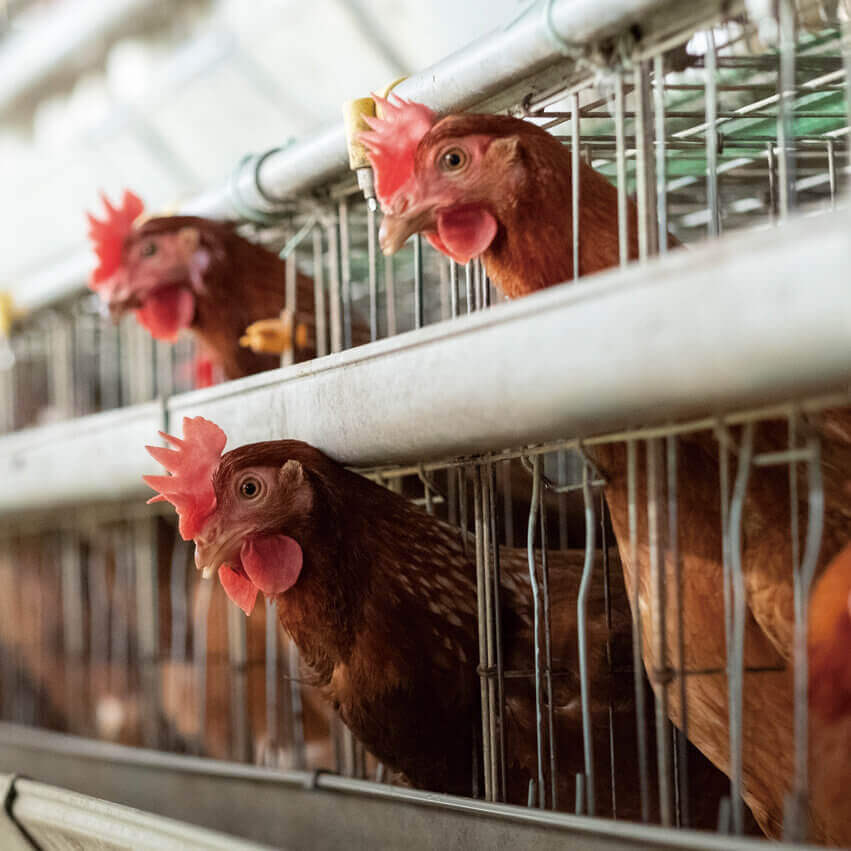
At Misaki Farm, a local poultry farm, not only do they take care
of the health of their chickens and chicks, but they also wash and
disinfect the freshly laid eggs one by one by machine to keep them
thoroughly clean. That is why raw eggs can be eaten safely in Japan.
Another important point is the freshness of the eggs.
Eggs laid on the farm are transported directly to the adjacent factory, where they are quickly packed and delivered to stores and restaurants.
Moreover, the temperature is kept low during delivery to ensure the freshness of the eggs.
Japanese quality food is truly excellent!
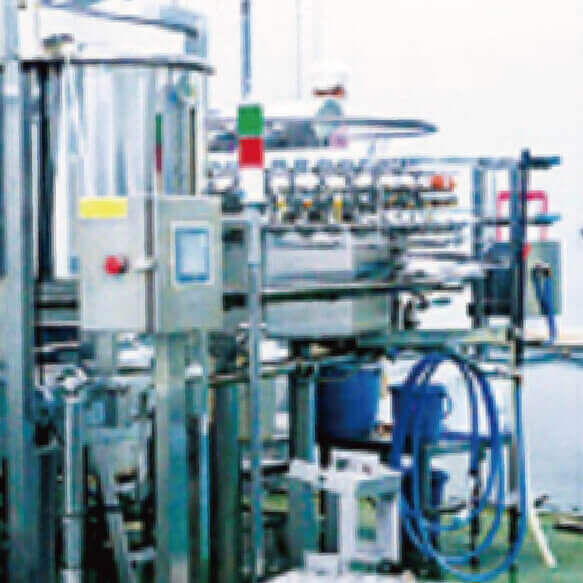
Eggs that are freshly laid in the henhouse
are packed immediately on the same day.
Only eggs that have passed the strict management
standards can be used to make TKG.
Eggs that are freshly laid in the henhouse
are packed immediately on the same day.
Only eggs that have passed the strict management
standards can be used to make TKG.

-
Misaki Town's
TKG is profoundly flavorful.
It is as delicious as sushi,
tempura, and ramen!
-
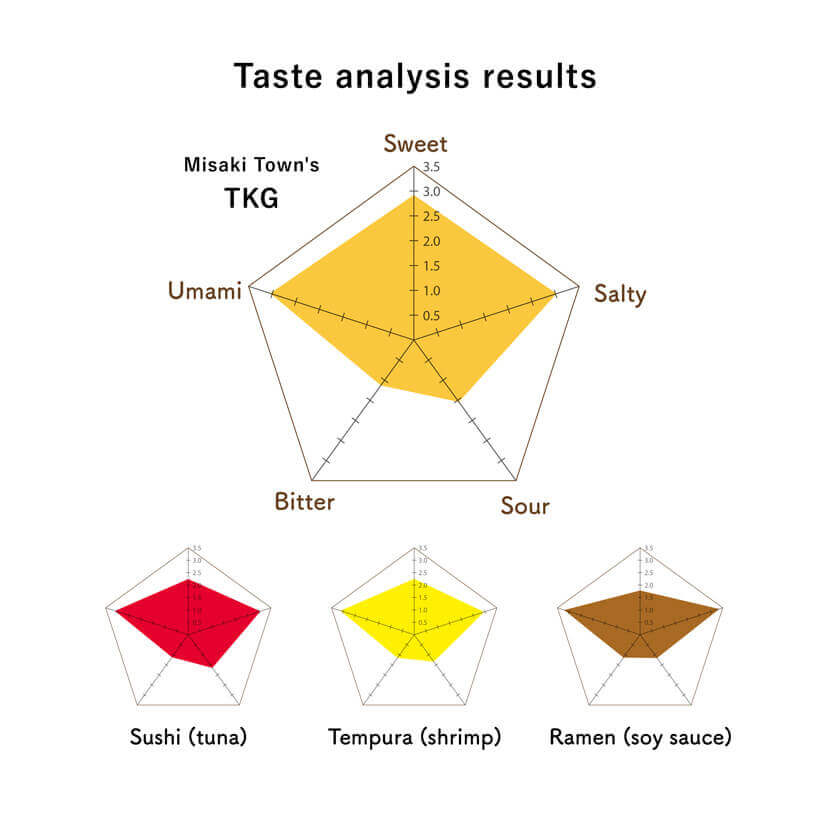
The eggs are very nutritious, containing an excellent balance of high-quality protein and essential amino acids.
Also, when you crack an egg over rice to make TKG, the rice adds sweetness and the soy sauce adds saltiness. Of the five basic flavors (sweet, umami, bitter, sour, and salty), umami, sweet, and salty are the three most preferred tastes.
Furthermore, Misaki Town's TKG has a higher level of umami, a taste component that is attracting attention around the world, and a better balance of flavor than regular raw eggs. This taste is probably due to the carefully-managed rearing environment and feed, which has a formula that is changed according to the season and the physical conditions of the chickens. Despite the simplicity of the dish, it is truly a gem with profound flavor that holds its own against famous Japanese foods like sushi, tempura, and ramen!
*Study by AISSY Inc. (2020)
*Umami is the fifth flavor that has been recognized in recent years.
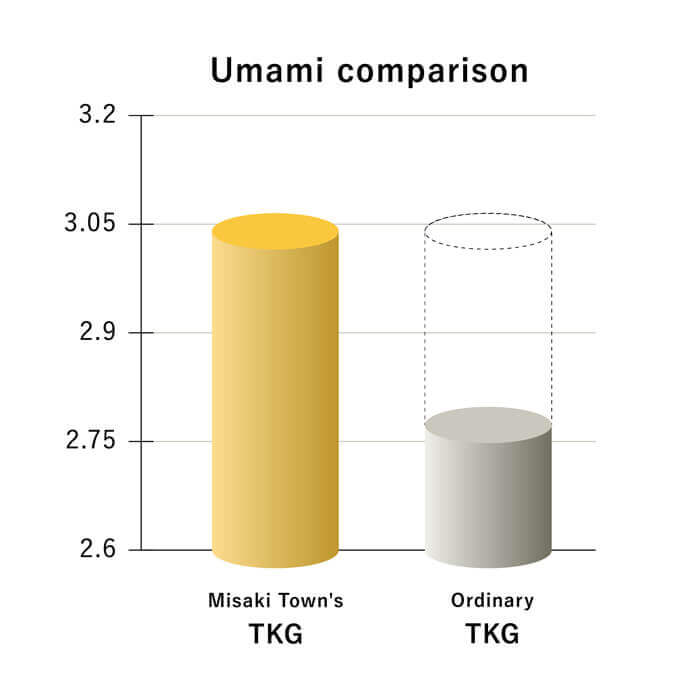
A triangle of umami,
sweetness, and saltiness.
Evidence of TKG's
global popularity!
How to eat
Misaki-style
TKG
Misaki-style
TKG
-
Take a bite of the center
of the rice to taste it.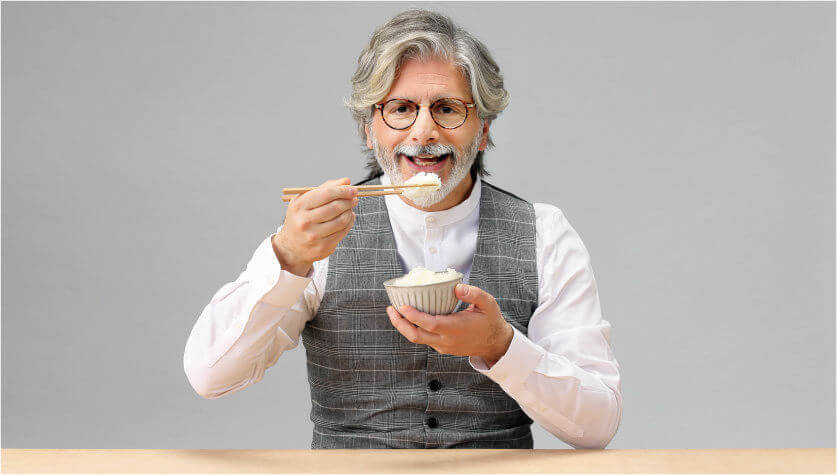
-
Crack a tamago (egg) on top
of where you tasted the rice.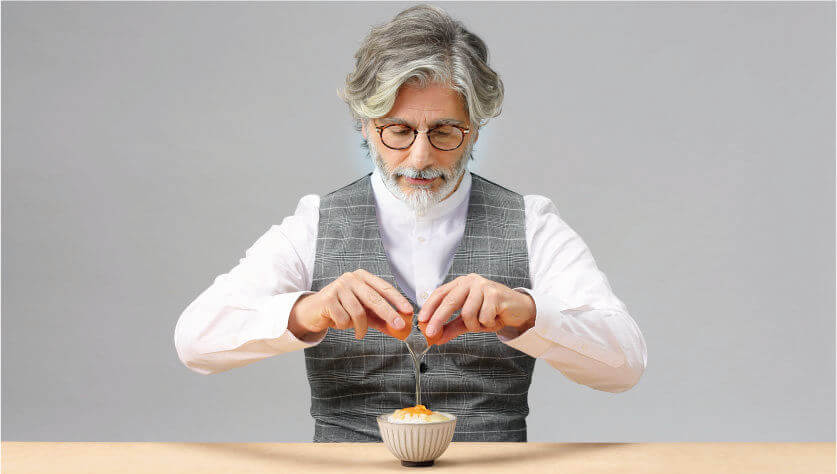
-
Have a taste
of the egg yolk and white.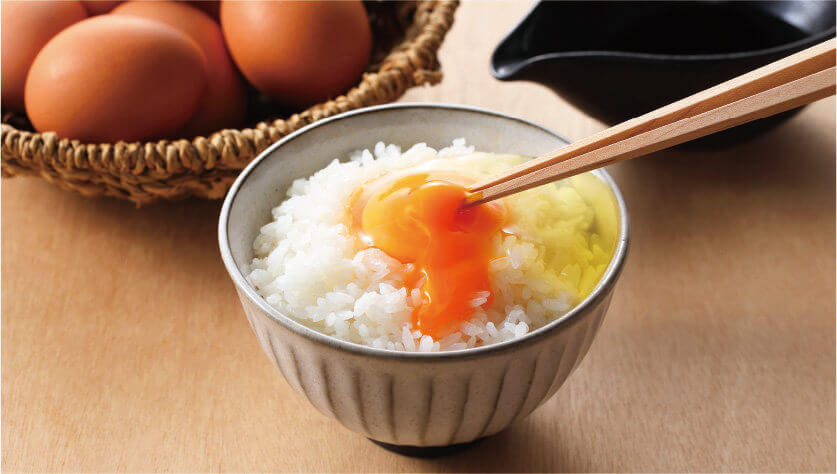
-
Stir the egg in with the rice.
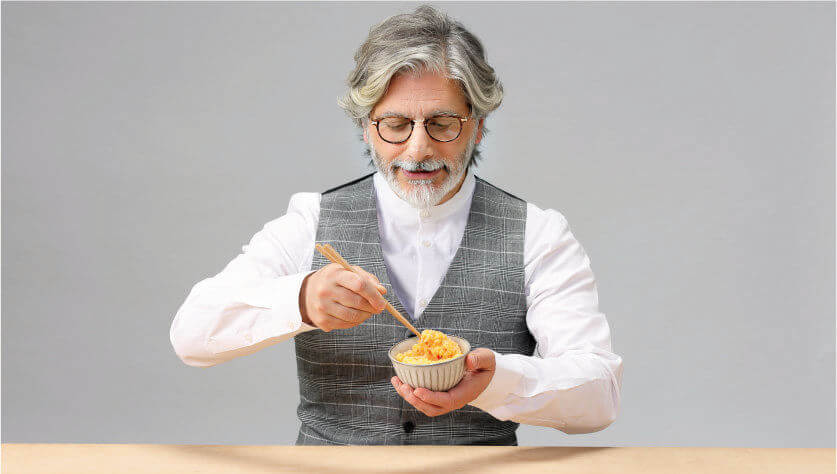
-
Pour soy sauce of your choice
on top and enjoy.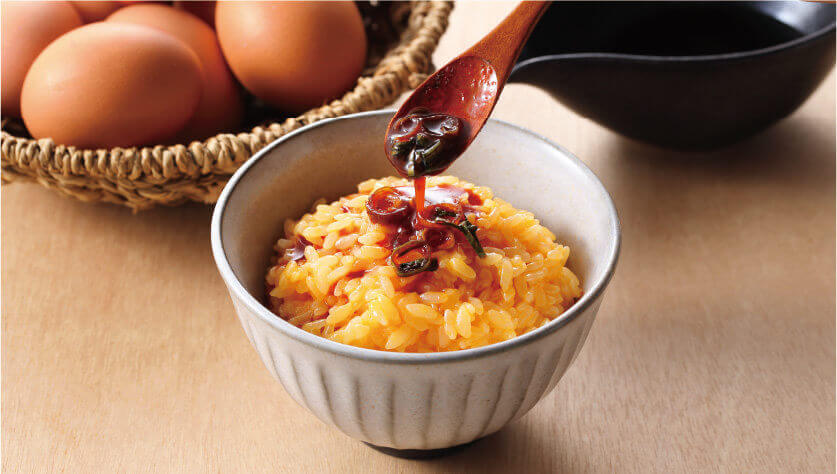
-
If you want more, loudly shout,
"okawari" (refill).
*At Shokudo Kamecchi, you can have
as many refills as you like for free.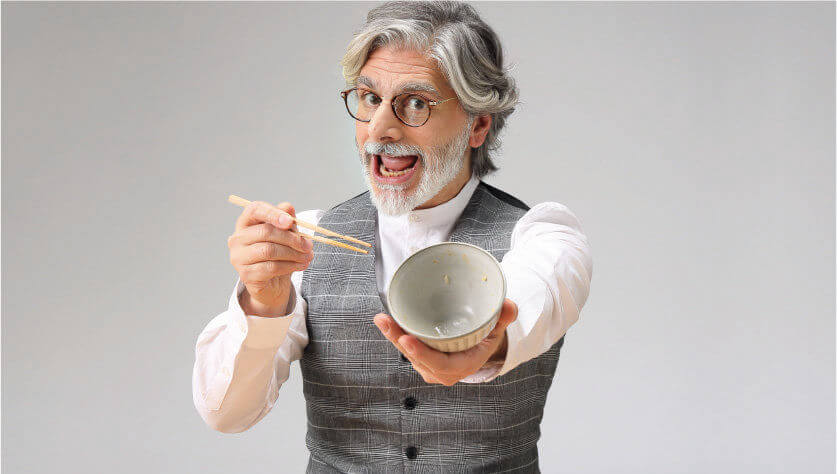
TKG is truly
a miracle of Japan!
If you want to understand Japan,
go to Misaki Town first!
a miracle of Japan!
If you want to understand Japan,
go to Misaki Town first!


-
The feeling of an open-air café!
Shokudo Kamecchi, a very popular restaurant!
-
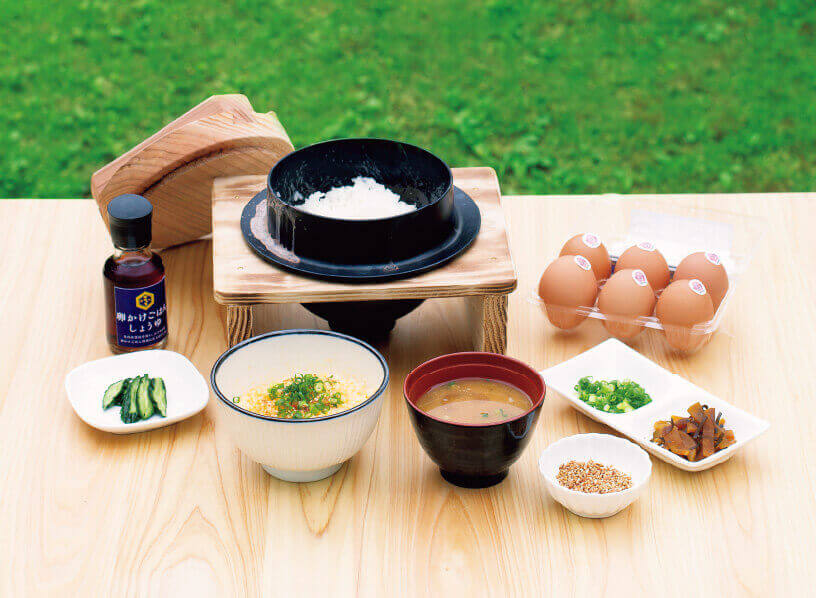 Shokudo Kamecchi is one of the restaurants in Misaki Town where you can enjoy TKG. It is a very popular restaurant that bustles with tourists and locals. Inside the restaurant, the ginkgo wood counter and cypress tables create a refreshing and bright space. You can enjoy all-you-can-eat TKG here! On the terrace, you can savor TKG made with rice cooked in an original pot on your table and high-quality Ise eggs. You can eat your fill of freshly-made, piping hot TKG while experiencing the natural scenery of Misaki Town in the Open Air.
Shokudo Kamecchi is one of the restaurants in Misaki Town where you can enjoy TKG. It is a very popular restaurant that bustles with tourists and locals. Inside the restaurant, the ginkgo wood counter and cypress tables create a refreshing and bright space. You can enjoy all-you-can-eat TKG here! On the terrace, you can savor TKG made with rice cooked in an original pot on your table and high-quality Ise eggs. You can eat your fill of freshly-made, piping hot TKG while experiencing the natural scenery of Misaki Town in the Open Air.
What a luxurious way to enjoy TKG!
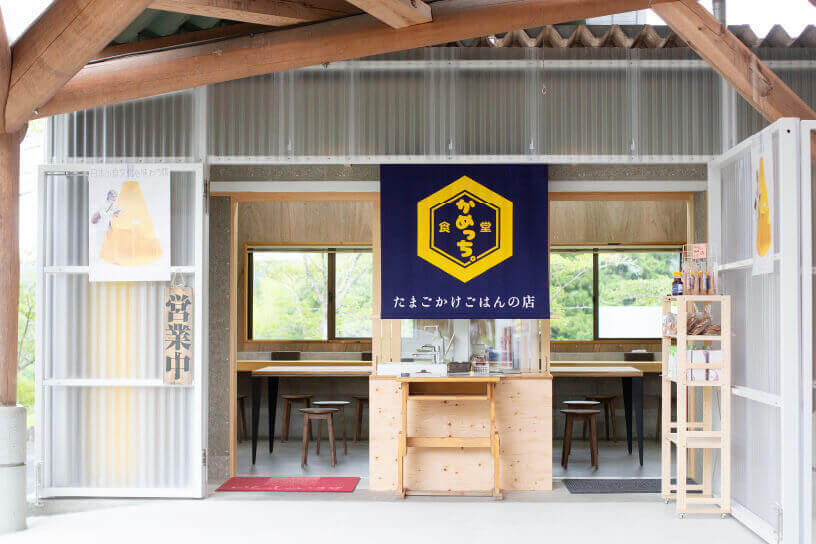
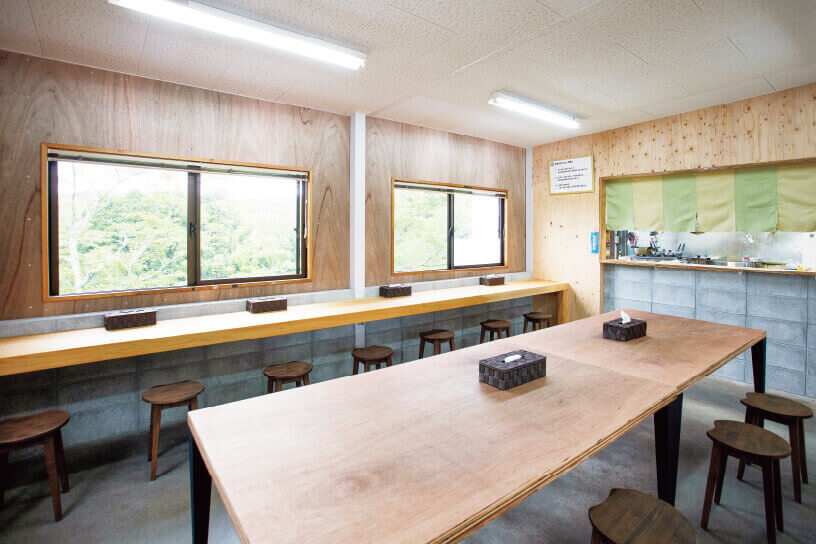
Misaki Town also has many
more attractions to enjoy!
more attractions to enjoy!

- By bus
-
- From Tsuyama by local bus
……approximately 30 minutes - By airport bus from Okayama Momotaro Airport
……approximately 60 minutes
- From Tsuyama by local bus
- By train
-
- From Tsuyama to Kamenoko Station
aboard the JR Tsuyama Line
……approximately 15 minutes - From Okayama to Kamenoko Station
aboard the JR Tsuyama Line
……approximately 60 minutes
- From Tsuyama to Kamenoko Station
- By car
-
- Osaka (Ikeda I.C.)→Chugoku Expressway→(Tsuyama I.C.)
……approximately 120 minutes - Hiroshima (Hiroshima-Kita I.C.)→Chugoku Expressway→(Innosho I.C.)
……approximately 150 minutes - Shikoku (Kochi I.C.)→(Okayama I.C.)→National Route 53
……approximately 180 minutes - Yonago (Yonago I.C.)→Yonago Expressway→(Innosho I.C.)
……approximately 70 minutes - From Tsuyama on National Route 53
……approximately 20 minutes - From Okayama on National Route 53
……approximately 70 minutes - From Okayama Momotaro Airport
……approximately 50 minutes
- Osaka (Ikeda I.C.)→Chugoku Expressway→(Tsuyama I.C.)






